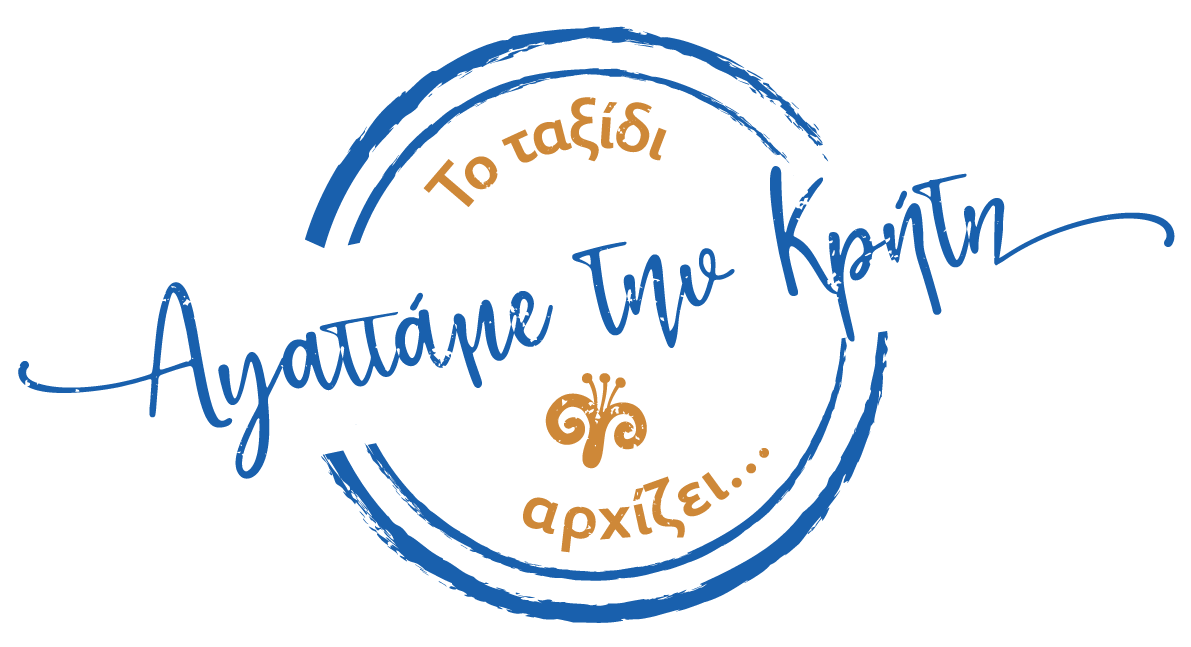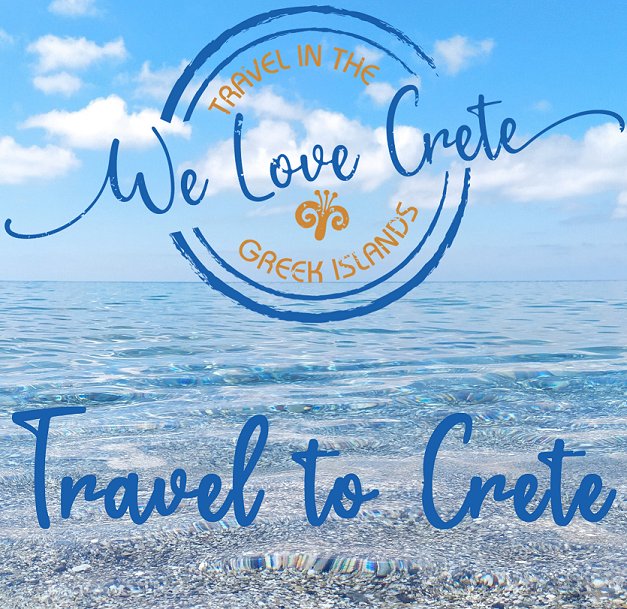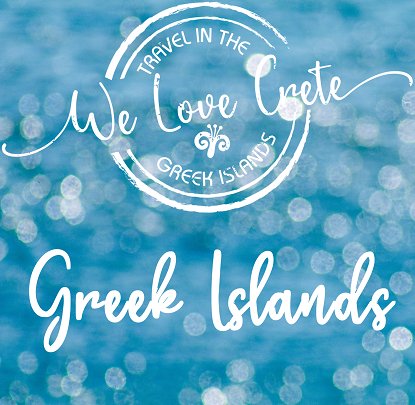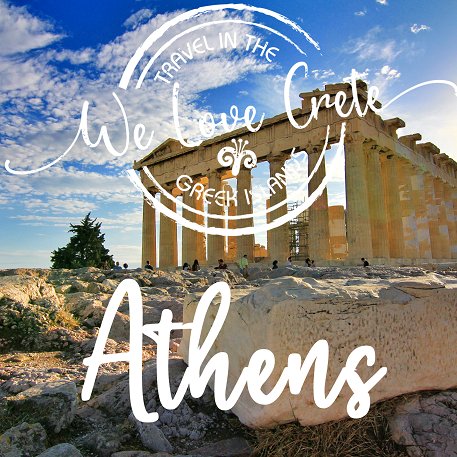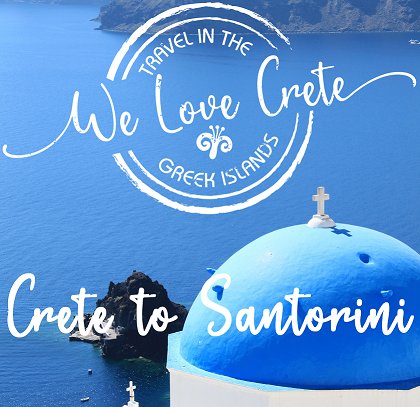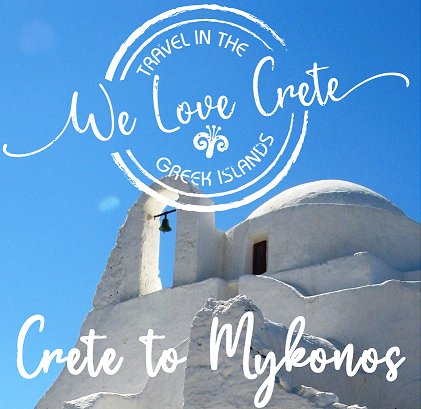- Home
- Crete Food Wine and Spirits
- Crete Diet
This page may contain affiliate links, see our disclaimer here.
Crete Diet
By Katia Luz
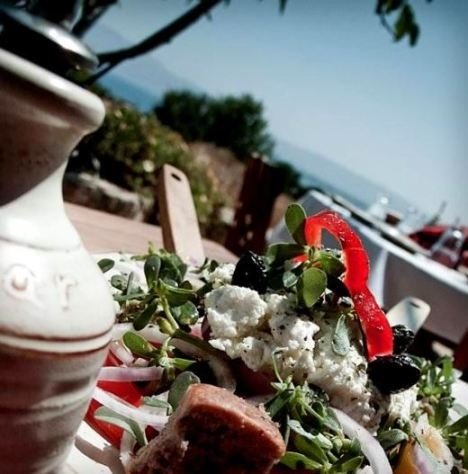
The Crete Diet is a lyrical poem, punctuated by fresh produce; vegetables, fruits, oils, nuts and cheeses cultivated for centuries on Kriti.
The cuisine includes fresh olive oil, and plenty of it.
The natural diet of the island of has been recognised as one of the healthiest in the world. It includes wild greens, fresh home-grown tomatoes, broad beans, lemons and fresh olive oil. Crete diet also contains the more unusual mezithra, staka and anthogalo.
This diet is not a weight loss diet or a special diet, it is the regular
daily diet of the people of Crete. Every village has its own specialities such as mournidia, mulbury liquor or clear tzikoudia grape
liquor.
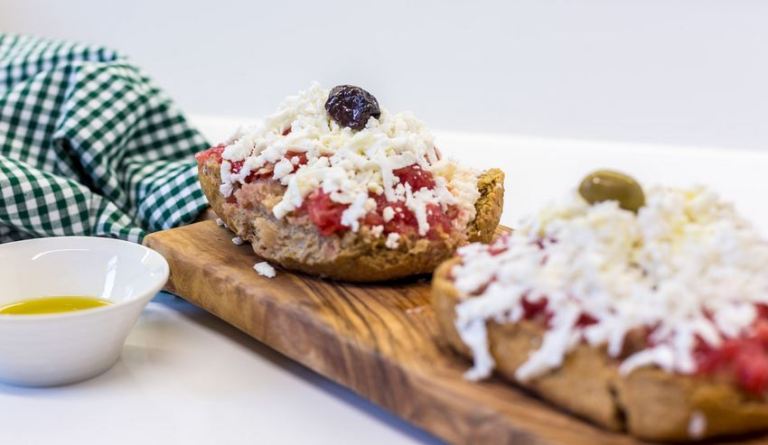 Dakos Salad - with paximadia or rusks
Dakos Salad - with paximadia or rusksCrete Diet
'The World's Healthiest Diet'
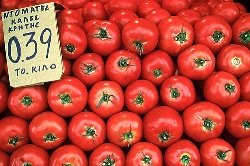
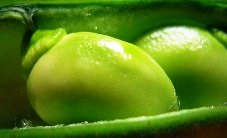
Village Rhythms
In the village, the natural rhythms of the harvests influence what is fresh and natural to eat.
In October, the stafília grapes have been harvested and the sultanas dried, so each house has abundant quantities of sultanínas sultanas, bursting with the summer sun trapped inside.
In the village in November, each breakfast was karídia walnuts as they were plentiful. Sometimes simply karídia and méli walnuts and honey.
Later in January, the trees were full of mandarínia so these sweet treats were a feature at most meals and coffee breaks.
Zucchini Flowers Stuffed with Rice and Crushed Wheat
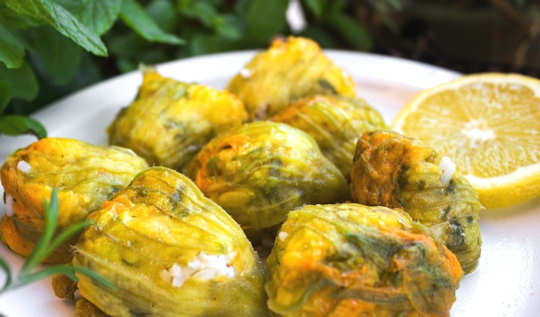 Κολοκυθοανθοί γεμιστοί - Kolokithoanthí yemistí - Stuffed zucchini flowers or courgette flowers
Κολοκυθοανθοί γεμιστοί - Kolokithoanthí yemistí - Stuffed zucchini flowers or courgette flowers
A very tasty dish of the cuisine of Crete is Κολοκυθοανθοί γεμιστοί - Stuffed zucchini flowers or courgette flowers. In the video below, Michalis, the cook from 'Crete of Tastes' shows you how to make this delicious dish.
Chondros means fat and comes from 'chontroalesméno' or coursely-ground and refers to crushed wheat or cracked wheat which is well-used in Cretan cooking. Cracked wheat is made from kernels of wheat that have been coarsely cracked, so that each piece ends up being around one quarter of the size of a kernel. This is used quite a bit in Cretan cooking.
Get the full recipe from Crete of Tastes
Moustalevriá
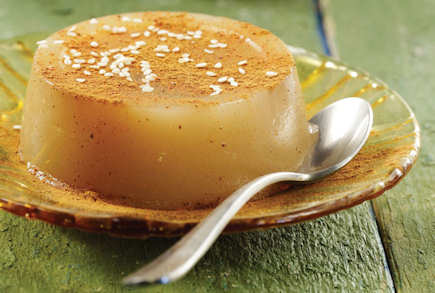 Moustalevriá
MoustalevriáAfter the grape harvest and the all important trip to the einopoiío οινοποιίo wine factory, the scrappy left-over grapes are made into moustalevriá μουσταλευριά.
This sweet, wholesome dish is traditionally made from the músta must, the squashed skins of the grapes left over from wine-making. It can be translated as 'Grape Must Pudding' and is essentially must with flour and water.
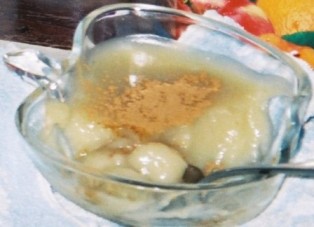 Moustalevria made for me by Eleni
Moustalevria made for me by EleniChórta - Wild Greens
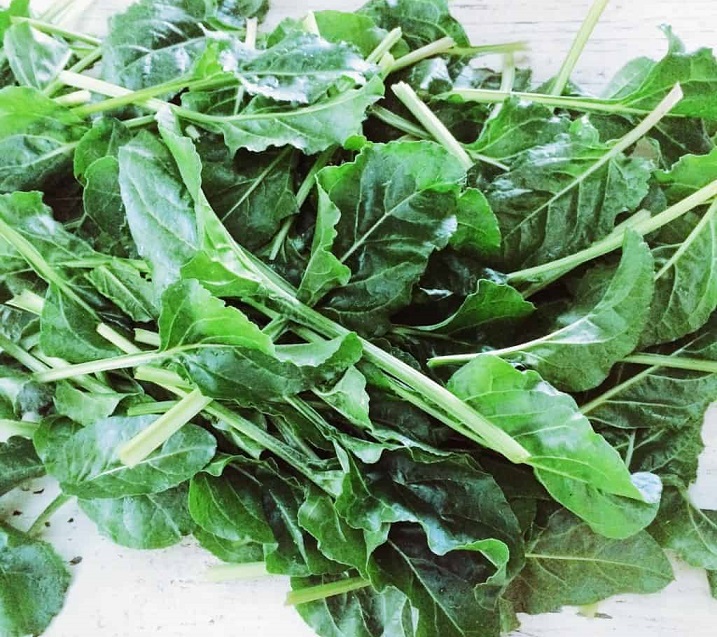
After winter rains, chórta χόρτα flourishes, and yiayias are busy out in the country lanes with their bags collecting the lush wild greens. There are actually many different types of chórta...getting to know them and how to cook them is one of the pleasures of life in the village, and learning about Cretan food.
These include radikia, amaranth and dandelion but there are many more such as stamnagathi or wild chicory - more information here.
Traditional Tavernas
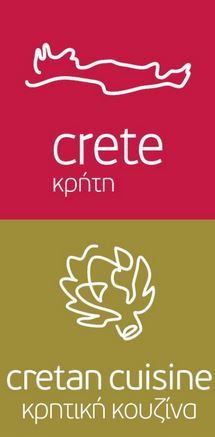
Look out for the Quality Label of Cretan Cuisine at tavernas, restaurants and similar labels for Open Wineries, Cretan Grocery Stores and on certified products. This classification by the Agronutritional Coop of the Region of Crete means the taverna, restaurant, winery or product has been authenticated as local; a true Cretan experience.
Look out for the word 'traditional' in the taverna name or paradosiakó Παραδοσιακό which means traditional, or ask around in the village for a 'paradosiakó taverna'.
Food Notes
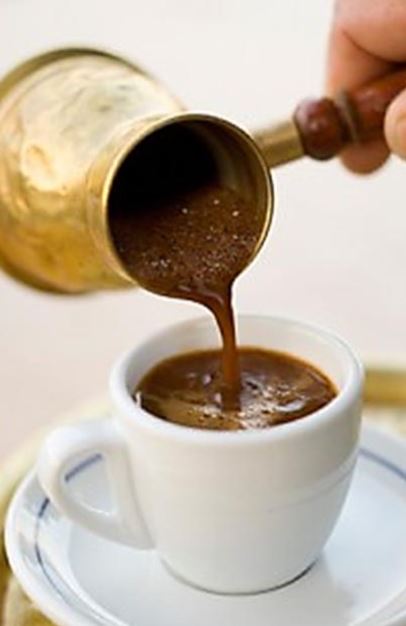
As you sit relaxing in the kafeníon, don’t be surprised if a ruddy faced shepherd comes in bearing mizíthra fresh goat's whey cheese from the mountains. This freshness is one of the great qualities of Cretan food.
Around Christmas time, those with squeamish stomachs should stay
away from the butcher as he kills the pigs for the village. Our kafedzís,
who used to be the town butcher, still performs this service in late
December for all the families with pigs. As he knew I was squeamish, in
the weeks leading up to Christmas, he would make the hand sign for
cutting his throat and say na spháxo ta vorúnia – "I am going to
kill the pigs - want to come and watch?" He never tired of making this
joke and others which would always make me laugh, and him and the rest
of the kafeníon laugh at my grimaces and squirms. Pork is a popular
Cretan food.
Crete Diet - Books
One of my favourite modern travel narratives is 'The Taste of Honey' by Byron Ayanoglu about his culinary adventures in Crete. Also titled 'Crete on a Half-Shell', this light-hearted account of one very talented chef from the diaspora returning home to Greece, or at least, begin willing to explore his Greekness by selling up his life in cold Canada and buying a home in Crete, making new friends and opening a taverna...well...you find out for yourself how it all turned out.
Byron's book 'Simply Mediterranean Cooking' will have you creating the cuisine of Crete in no time, Byron was chef to Mick Jagger, amongst other gigs, and has written over 15 cook books.
'Cretan Cooking' by Maria and Nikos Psilakis contains 265 recipes of authentic Cretan dishes and will get you and your family satisfied for many delicious meals containing the Crete diet.
Cretan Diet - Experiences

Experience a day of cooking classes or some days learning about the cuisine of Crete. In the villages and hills of Crete you will find the true hospitality and character of the island. Explore and taste the local fresh organic foods, learn about the balance of produce that makes up one of the healthiest diets in the world.
Here are our tips for food experiences to try on your holiday to Kriti.
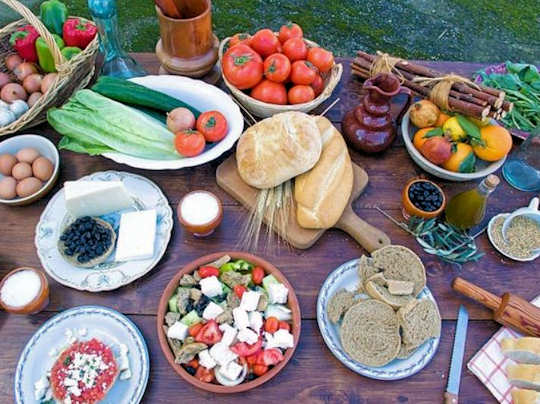 Crete diet - 1 day tour with a cooking lesson
Crete diet - 1 day tour with a cooking lessonAuthentic Cooking Class in the White Mountains -
Learn more about the culture and cuisine of Crete at a unique cooking
class in the White Mountains. Discover how to cook and prepare
traditional recipes, and sample the local cheese and wine during a
delicious lunch.
Depart from Chania. 6 hours.
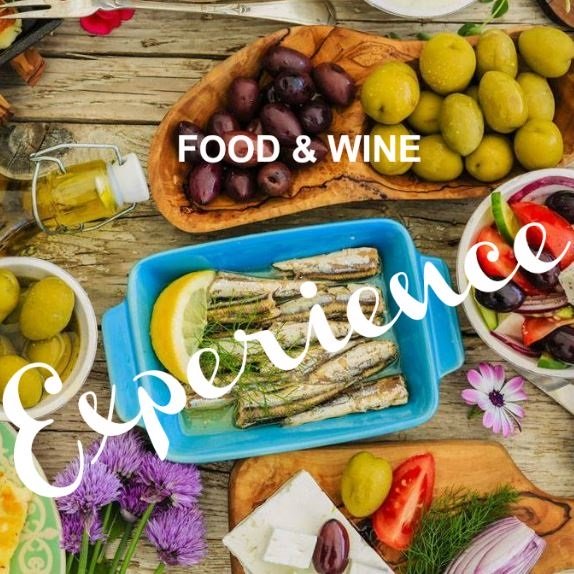
Winery and Olive Oil Mill Tasting Tour with Lunch
From Rethymno
Discover real Cretan virgin olive oil and learn how it is produced, taste a traditional Greek coffee in the olive oil mill, experience Dourakis Winery. Visit biological natural vineyards. Try the intense taste of raki or tsikoudia. This half-day tour is 5 hours with lunch and leaves from Rethymno and region.
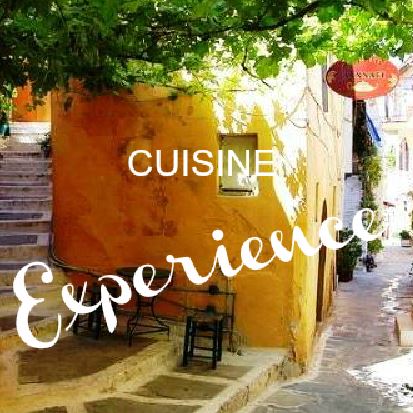
Old Town Highlights Guided Tour with Street Food
- visit the local food markets and walk through the
gastronomic highlights of this fascinating historic town,
discover the flavors of Cretan cuisine, stop at colorful food shops and
taverns, selling wine, olive-oil, cheese, herbs, spices, and more, and
enjoy street food samples along the way.
Find out why. 4 hours.
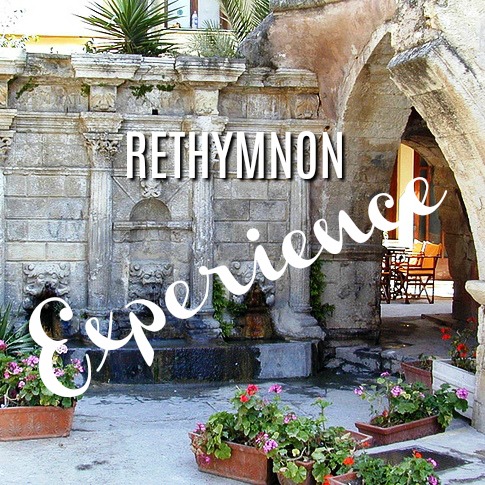
Small Group Gourmet Trail of Rethymnon - treat yourself to a gastronomic exploration of this cosmopolitan town, with food and beverage tastings, hidden spots not in the guidebooks all through the old zone. 4 hour walk.
Getting to Crete
Take a 1 hour flight from Athens to Heraklion with Aegean Airlines or Olympic Air, with many flights available per day.
Or take a 9.5 hour overnight ferry from Pireaus port of Athens to Heraklion port.
More on flights and ferries below.
Car hire in Crete is a really good idea as it is a large island 60 km by 260 km. There is so much to explore.
When you book with our car rental partners - Rental Centre Crete - you are supporting a local company with excellent service and easy online booking. We are sure you will be well looked after by the team. Choose from hybrid, electric or regular vehicles.

We trust you have enjoyed these tips from the We Love Crete team. Evíva!
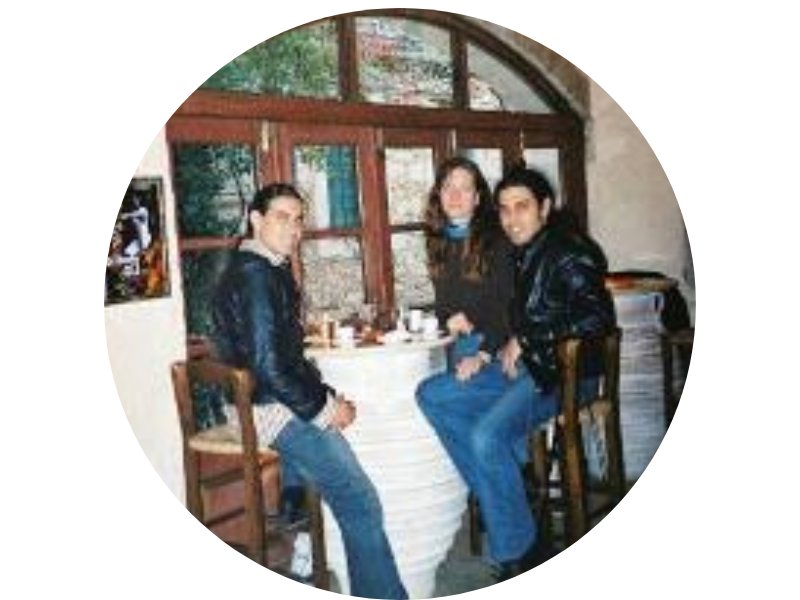
Yiásas!
Anastasi, Apostoli & Katia
are the We Love Crete team
We just love sharing our passion for Crete, Greece and travel
About us Contact Us Kaló taxídi!
About the Team
Yiásas!
Anastasi, Apostoli & Katia
are the
We Love Crete team
We just love sharing our passion for Crete, Greece and travel
About us

